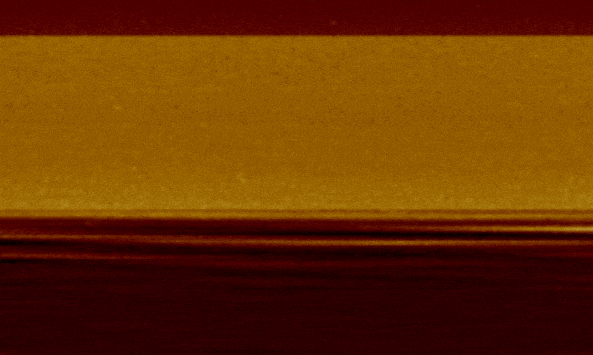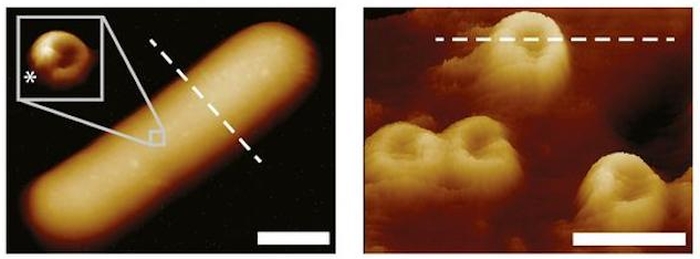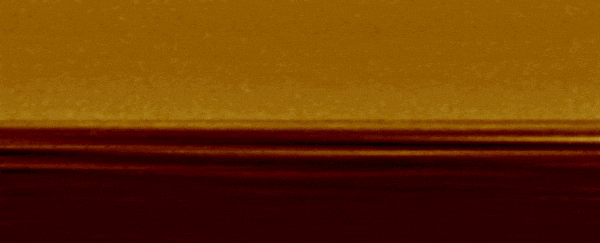Using a powerful microscope, scientists have captured for the first time one of the amazing defences our bodies deploy to protect us from invading organisms.
It's called the membrane attack complex (MAC), an assembly of proteins that springs into action to destroy bacteria, and now we can watch how it riddles bacterial cell membranes with holes.
And, by observing the MAC in action, nanotechnologists have seen that it briefly hesitates before it attacks - a precautionary measure to ensure it's not attacking the body's own cells.
 (University College London)
(University College London)
"It appears as if these [protein assemblies] wait a moment, allowing their potential victim to intervene in case it is one of the body's own cells instead of an invading bug, before they deal the killer blow," said nanotechnologist Edward Parsons of University College London.
In earlier research, the team had imaged the results of the MAC's attack on a bacterial membrane, seeing the pores that resulted after the MAC had gone to work. The next step was to try to observe that process in action.
 The scale of a MAC pore on a bacterium. (UCL)
The scale of a MAC pore on a bacterium. (UCL)
They created a model bacterial surface out of Escherichia coli (E. coli) fats, or lipids, laid out on silicon dioxide grids. They then set the MAC proteins loose, filming the entire process using rapid atomic force microscopy, a form of very high-resolution microscopy that allows nanoscale imaging.
Eighteen copies of the same protein are needed to complete the hole. One inserts itself into the target membrane as a starting point, irreversibly binding to bacterial lipids, and acting as a platform to coordinate the rest of the attack.
But before the rest of the proteins pile on, the process pauses briefly - a peculiar bottleneck. This seems to be the point at which a healthy host cell could respond if the MAC has identified the wrong target, calling the hit off.
 Stills of the pore formation process, taken at 6.5-second increments. (Parsons et al., Nature Communications, 2019)
Stills of the pore formation process, taken at 6.5-second increments. (Parsons et al., Nature Communications, 2019)
"It is the insertion of the first protein of the membrane attack complex which causes the bottleneck in the killing process," said molecular biologist Bart Hoogenboom of University College London.
"Curiously, it coincides with the point where hole formation is prevented on our own healthy cells, thus leaving them undamaged."
After that pause, the team observed the process continuing unhindered, the other 17 proteins rapidly and sequentially falling into place, punching a circular hole, just 11 nanometres across, in the membrane.
These holes weaken the bacterium, leading to the breakdown of its cells and eventual death.
But the pause that seems to be allowing the body a chance to wave its white flags and say 'wait, no, it's me!' to prevent damage to its own cells is interesting. It's a finding that, the researchers say, could have implications for cancer immunotherapy, in which the body's immune response is harnessed to fight cancer cells.
Your MAC totally has your back.
The research has been published in Nature Communications.
